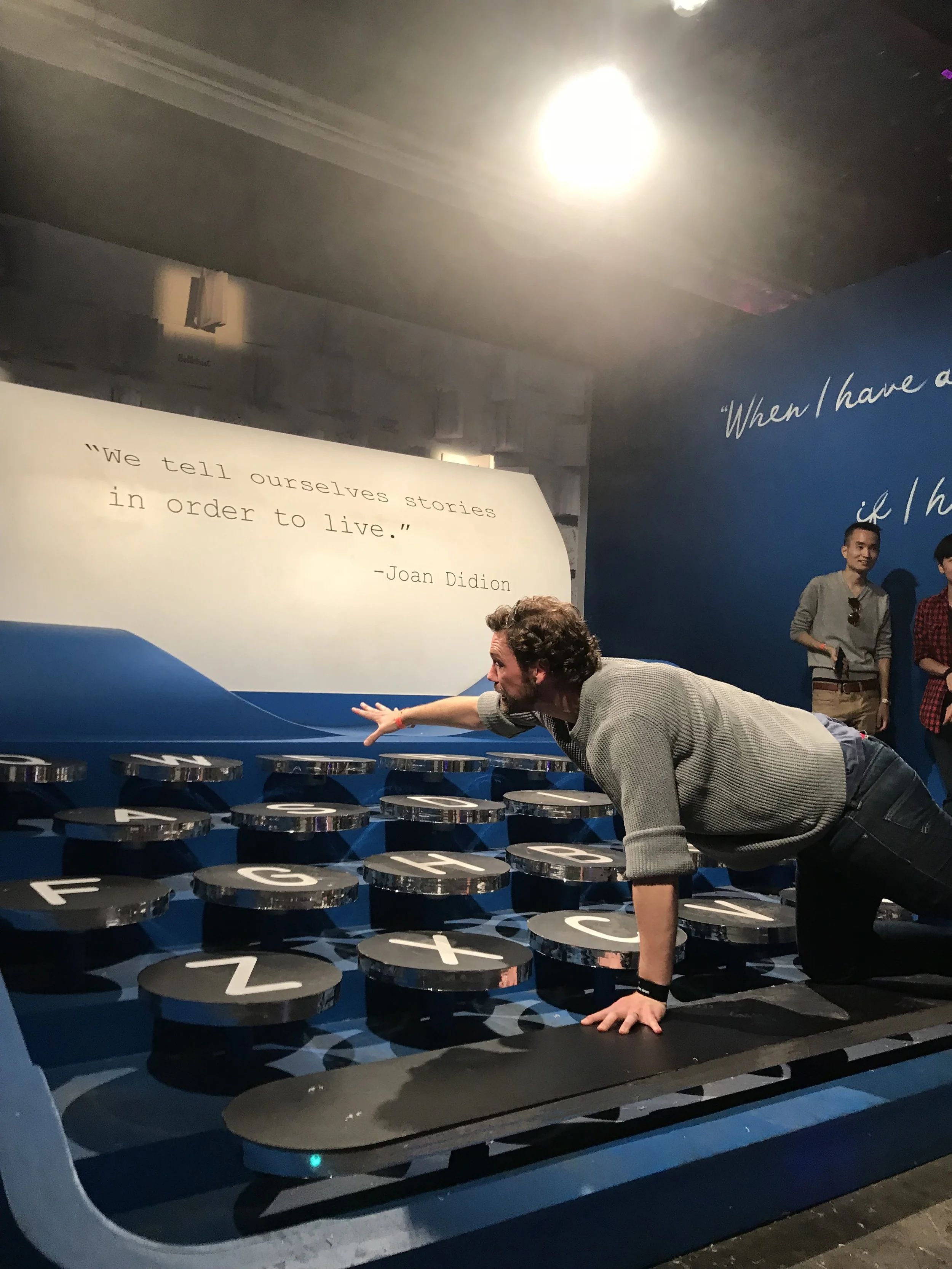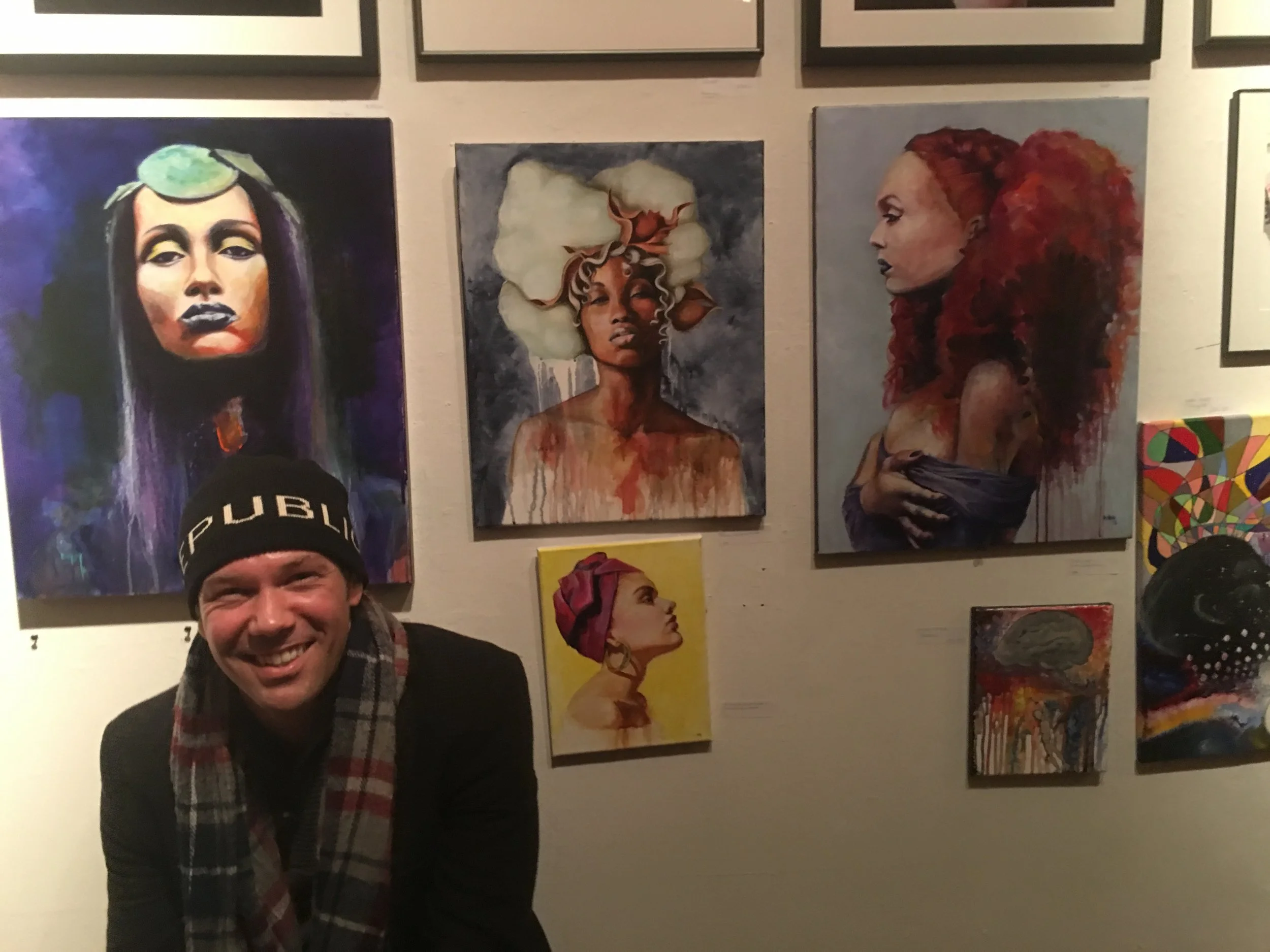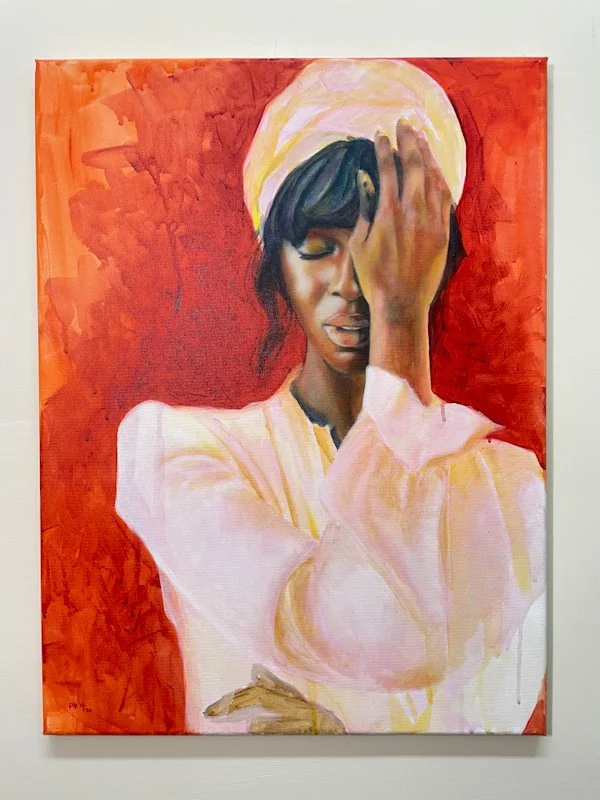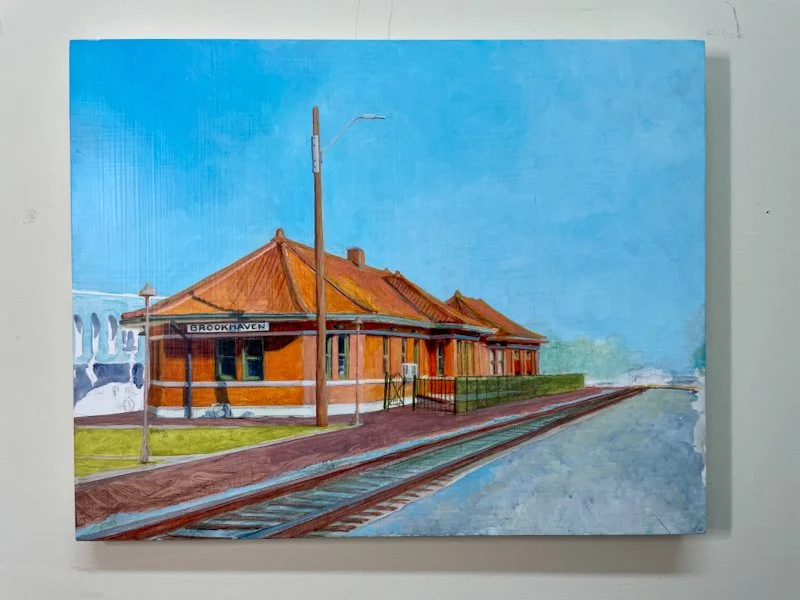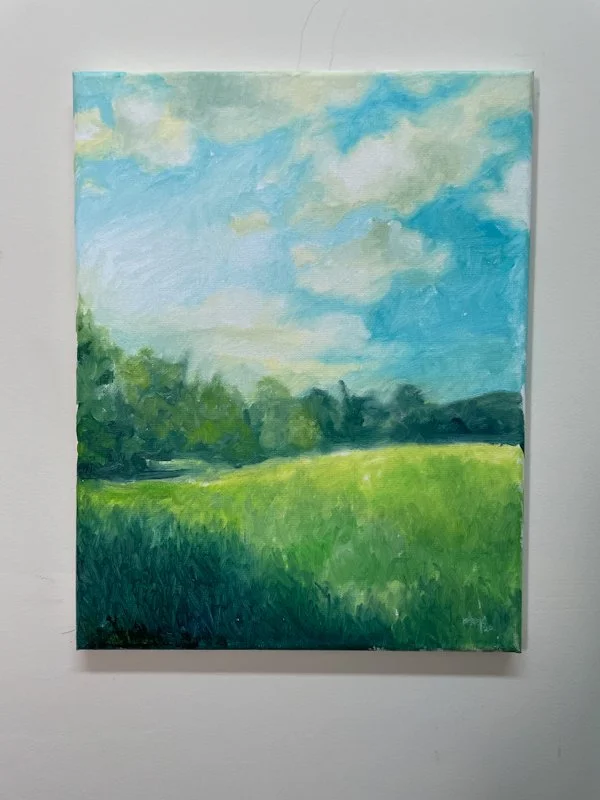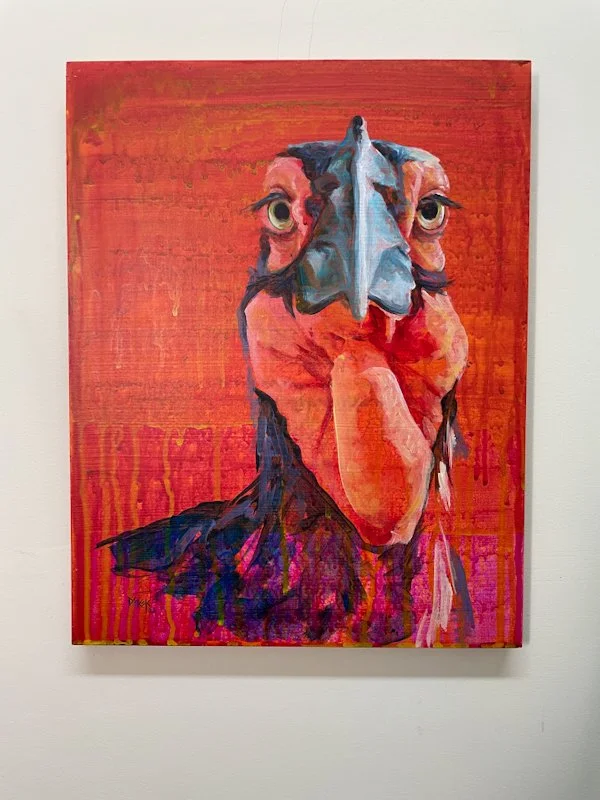Meet Mr. Derek:
A Teaching Artist's Dedication
At the heart of The Little Yellow Building is a dedication fueled by a singular, deeply personal ambition. My journey into art education isn't rooted in a conventional teaching path, but in a profound desire to ensure no young artist feels as unprepared as I once did. My motivations are, in essence, quite simple: I don't want to leave this world without knowing I did everything I possibly could to equip every young "Derek or Derricka" for their future. From artistic technique to practical life skills, I'm committed to providing whatever it takes.
I am a teaching artist, and this distinction is key to understanding our approach. Unlike traditional art teachers, whose incredible patience and skill in managing large groups are truly admirable, my expertise comes from a career lived within the art world.
My personal learning journey was unconventional; I learned how my own brain absorbed information by recording lectures, replaying them, and dissecting concepts from every conceivable angle. This personalized, in-depth approach is what I bring to every student.
My classes are intentionally small, allowing me the space to explain complex ideas in sixteen different ways if needed, ensuring every child genuinely grasps the concept.
We explore everything from multiple angles: a universal truth might be introduced, demonstrated, practiced step-by-step, re-explained during individual work, clarified again as projects near completion, and finally confirmed when we review results. It all comes back to the fundamentals, understood through a process designed for true comprehension.
The depth of my knowledge stems from a relentless pursuit of understanding. My personal drive for precision meant that for every single artist application I completed, there was a sea of research into best practices, theories, and effective strategies.
This consistent, in-depth exploration, coupled with a routine of constant re-engagement, has built a broad understanding of the artistic and professional landscape our students may face.
I often tell the kids: "In art, every teacher is right, and every teacher is wrong." There's no single "wrong" way, only growth in skill, time, practice, and comprehension. Our goal is to expand their options, so they choose a "style" because it’s a curated collection of everything they can and choose to do. Not because it’s the only thing they can do right now.
You might find me blunt in conversation; I have little patience for verbal fluff, as my mind struggles to parse flowery words while grasping the core point. This directness is often mistaken for criticism, but it's simply how my thoughts emerge.
I'm honest with students about how I navigate the world and how I adjust to prevent disrupting others. For instance, to curb my tendency to micromanage every pencil mark and ensure students have their space, I'll often take a step back and walk a specific path in the studio to work out my thoughts.
It's a quirk the kids are used to, and one I openly discuss with every new student, emphasizing mutual respect and understanding in our shared creative space.
Studio Values: Cultivating Skill, Character, and Creative Freedom
At The Little Yellow Building, our core values are built upon a personal understanding of the artistic journey. Not just the techniques, but the resilience of the spirit. We believe that true artistry is born not from a single stroke of luck, but from the dedicated pursuit of skill through repetition and thoughtful application.
We recognize a pivotal moment in every young artist's development, the transition from joyful scribbles to the realization that their vision outpaces their current ability.
Like a child who suddenly understands they've been playing T-ball, but their eyes have been seeing major league baseball the whole time.
This can be a disheartening moment. Many children stop here, believing they're "horrible at drawing." We see it differently. This isn't a flaw; it's a monumental step in awareness.
Our approach is designed to gently guide students through this realization, protecting their inherent creativity from being prematurely stifled by external judgment or a lesson presented before they are ready.
We believe children are born with boundless creative spirit, and it's our role to nurture that, preventing it from being inadvertently molded away by preconceived notions.
Our values shape every aspect of our studio and teaching philosophy:
Honest Growth, Not Perfection: We deeply believe in the power of thoughtful, honest conversation over lectures. Our challenges between skill lessons are designed for set expectations and complete freedom. Sometimes, students work within clear regulations; other times, they choose their own mediums and plans of action, even taking on "roles" like a storyboard or concept artist. We celebrate progression, not perfection, understanding that true learning comes from evaluation, adjustment, and the determination to persist when faced with overwhelming moments. Giving up is always the easiest path, but growth happens when we choose to learn and adapt.
Real-World Readiness: Our curriculum blends traditional lessons with real-world application challenges. We're excited about our upcoming online hub, where students can submit potential projects for real-world funding opportunities. This process teaches invaluable skills: research, brainstorming, development, costing, and proposal creation. We are dedicated to equipping them with the ethics and morals of the art world, showing them diverse career paths and the impact of public perception. We teach them to know themselves and their audience, understanding how their public persona can help, hinder, or halt their journey.
Invaluable Self-Worth: We profoundly care about our students' understanding of art because we deeply care about art itself. We empower them to recognize their intrinsic value and unique perspective. As we often discuss, "When it comes to art and life, the things that people say and react have everything to do with how they feel about themselves and nothing to do with you." We encourage them to "Think Yellow: break it down to find the first step and do the best you can at every stage," fostering resilience and resourcefulness. Unless you are truly alone in the woods, an artist has had a hand in almost everything you see – a powerful truth we want every student to carry with them.

